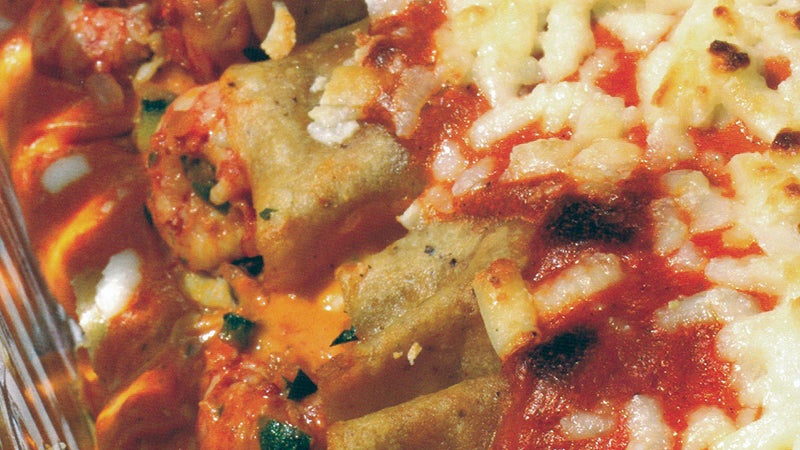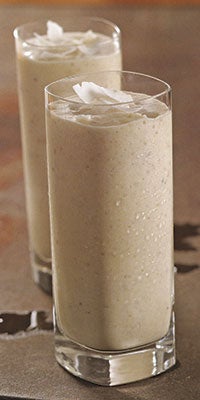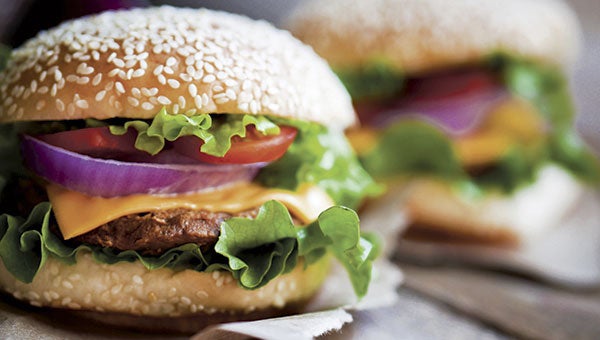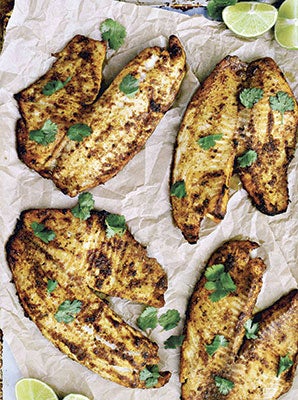Coffee: The wine of Islam
Published 12:00 am Saturday, June 21, 2014
“The wine of Islam,” the moderator called it.
Last week I went to a symposium on coffee at the Historic New Orleans Collection. I learned a lot and drank a lot of coffee.
A roaster from Key West, Baby’s Coffee, changed roasts all day long and brewed us more coffee for every break.
Coffee grows wild in Ethiopia. The myth is that goat herders noticed the dancing goats and ultimately learned to roast and brew coffee from the trees the goats were eating.
The drink traveled to Arabia and Turkey where it was enjoyed in qahveh khanehs, coffee houses, which were centers for the exchange of information, “schools of the wise.”
And from there to Holland and to England and France in the 1600s.
As elsewhere, coffee houses were centers of social activity and communication, ‘penny universities,’ where for the price of one penny, one could have a cup of coffee and stimulating conversation.
The best coffee beans are Arabica. Robusta, which originated elsewhere in Africa. They are more bitter with more caffeine.
Coffee can be grown from the Tropic of Cancer to the Tropic of Capricorn at 3-6,000 feet elevation.
The Dutch began growing coffee in Java in the 1700’s. In 1790, before the revolution, Haiti produced 50 percent of the world’s coffee.
The drinking of tea is more ancient. It is said to have been given by Buddha.
It was always more refined.
The English today are tea drinkers.
The French drink coffee and Americans average 2-3 cups of coffee per day.
In New Orleans, they average 4 cups. Folgers is the largest US coffee supplier.
In 1785, chicory was first added to American coffee as an adulterant but then it was promoted as enhancing the flavor of coffee.
Café du Monde began serving coffee in New Orleans in 1862, and continues today with its famous coffee and chicory au lait and beignets.
In a letter, Judah P. Benjamin (US senator from Louisiana and later Confederate Secretary of War and Secretary of State) wrote a friend in New York in April 1855,
“For a small family, say four persons, take Mocha and Java grains (considered to be the world’s oldest coffee blend. Mocha is from Yemen and is the world’s oldest commercial coffee. Java, from the Pacific, is still considered a classic.) in the proportion of about one-third of former to two-third of latter—Roast them brown, not black, for in the latter case you would obtain a decoction of charcoal only—then put into your biggin
(The biggin pot supposedly dates to the 1780s. With alterations it is now called the French drip pot.) say, from ½ pint to 3 gills of the ground coffee—pour on the coffee from three to four tea cups full of boiling water-stop a moment—Before pouring on the water, press down your coffee pretty firmly, or the water will run through without extracting the aroma—let your water run through the coffee without disturbance: it will take 10 or 15 minutes. There may not be space enough in your biggn to pour on all the boiling water at once, if not furnish it by installments as the brokers term it, till you have poured on the whole quantity, about two thirds of the water will remain in the coffee; one-third will run through; this third will be nectar; two or three table spoons full will suffice in the bottom of a coffee cup which is then to be filled with boiling milk.”
One need not go to so much trouble.
To brew a good cup of coffee, the secret is freshness.
Airtight and cool is key; avoid excessive air, moisture, heat and light in that order. It is wise to purchase coffee in amounts proportionate to how quick it will be used.
Purchase freshly roasted coffee frequently and buy only what you will use in the next one to two weeks.
Brewed coffee loses its optimal taste moments after it is brewed.
In the late afternoon, two old New Orleans waiters demonstrated the making of café brûlot.
This we shared as we learned more.
Only about three of the old restaurants still serve café brûlot: Commander’s Palace, Antoine’s and Arnaud’s.
So if you wish to serve a special treat at the end of your next dinner party:
Arnaud’s Café Brûlot
Serves 4
As much as a ceremony as a drink, Café Brûlot (say brew-low) has put the flaming touch on many New Orleans dinners. Legend has it that the famous buccaneer Jean Lafitte originated this spectacular after-dinner drink; in French, Brûlot translates as “brunt brandy.”
At Arnaud’s, a special Brûlot ladle that strains out the spices is used to pour the drink into the traditional tall, narrow Brûlot cups.
2-inch stick of cinnamon
6 whole cloves
3 tablespoons slivered or grated lemon peel
¼ cup slivered or grated lemon peel
3 sugar cubes
½ cup brandy
2 tablespoons Curaçoa, Grand Marnier or Cointreau
3 cups hot, strong black coffee
1 long, fireplace match
In a copper Brûlot bowl or chafing dish, combine the cinnamon, cloves, citrus peel and sugar cubes. Place over medium heat and crush together, using the back of a large ladle. Add the brandy and Curaçao to the ladle, light with a long match, then pour the flaming liqueur into the pan.
Stir thoroughly and simmer, stirring to dissolve the sugar.
As the flames begin to die out, gradually add the black coffee.
Ladle into Brûlot or demitasse cups, leaving the spices and citrus peels behind and serve at once.





